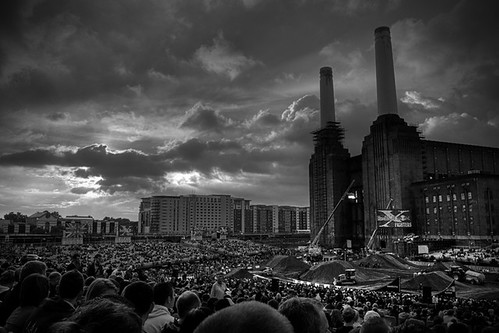- Messages
- 4,613
- Name
- Paul
- Edit My Images
- Yes
Are you trying to say that a RAW file CAN be edited AS A RAW file?
.
When you open a raw file in a raw capable editor such as Adobe RAW via bridge you can change what you want, eg temperature , WB , correct for lens distortion, crop etc etc etc and all these changes are recorded within a separate file, these settings are then used to develop the image , once you have done this you can export the developed image to another format such as .psd , tif, jpg etc the raw data is never changed only the settings used to develop the raw image. delete the settings file and you will see the raw picture as it came out of the camera.
Last edited:






